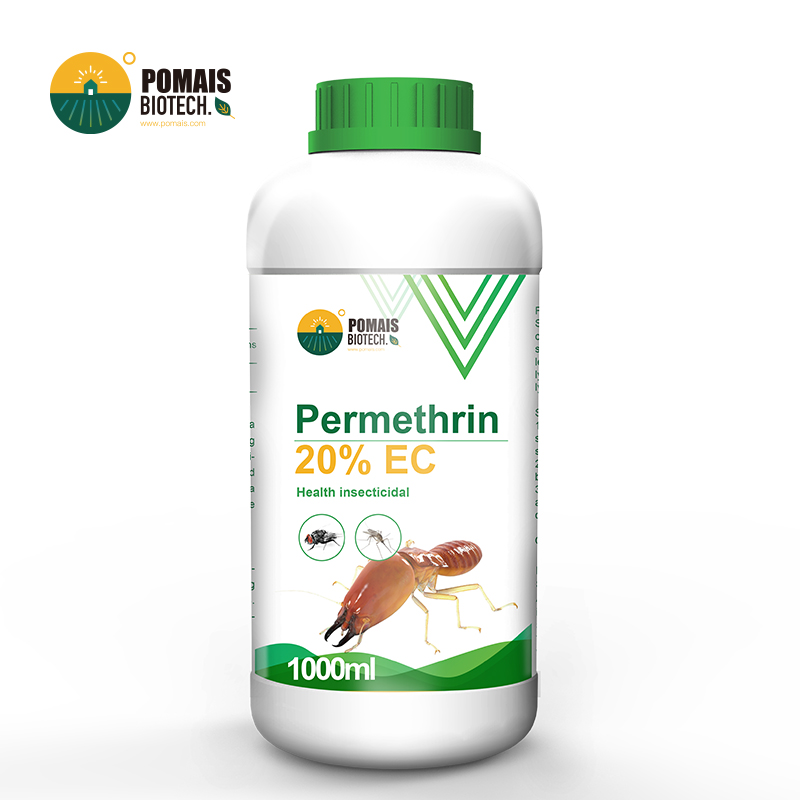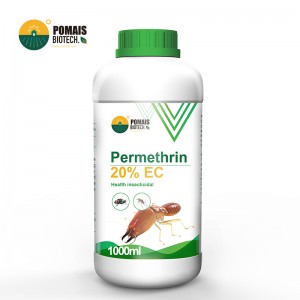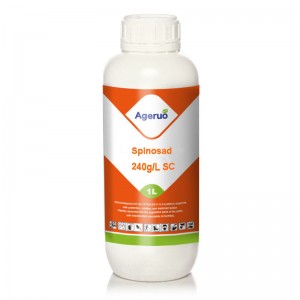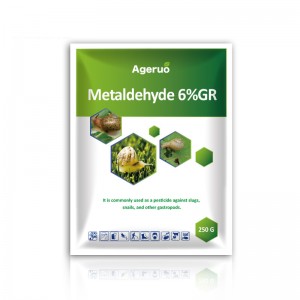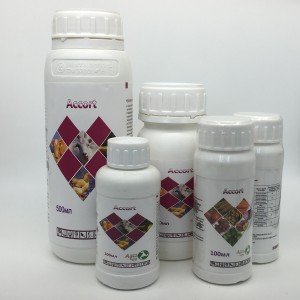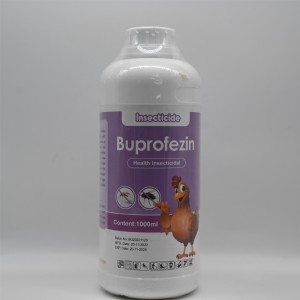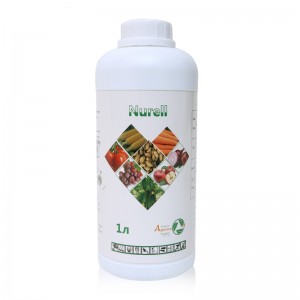Products
POMAIS Permethrin 20%EC
Introduction
| Active Ingredient | Permethrin 20%EC |
| CAS Number | 72962-43-7 |
| Molecular Formula | C28H48O6 |
| Application | Pesticide, has strong contact and stomach poisoning effects. |
| Brand Name | POMAIS |
| Shelf life | 2 Years |
| Purity | 20%EC |
| State | Liquid |
| Label | Customized |
| Formulations | 10%EC,38%EC,380g/lEC,25%WP,90%TC,92%TC,93%TC,94%TC,95%TC,96%TC |
Mode of Action
Permethrin is an early-studied pyrethroid insecticide that does not contain a cyano group. It is the first photostable insecticide among pyrethroid pesticides suitable for controlling agricultural pests. It has strong contact killing and gastric poisoning effects, as well as ovicide and repellent activity, and has no systemic fumigation effect. It has a broad insecticidal spectrum and is easily decomposed and ineffective in alkaline media and soil. In addition, compared with cyano-containing pyrethroids, it is less toxic to higher animals, less irritating, has a faster knockdown speed, and the development of pest resistance is relatively slow under the same conditions of use.
Suitable crops:
Permethrin can control a variety of pests on cotton, vegetables, tea, tobacco and fruit trees
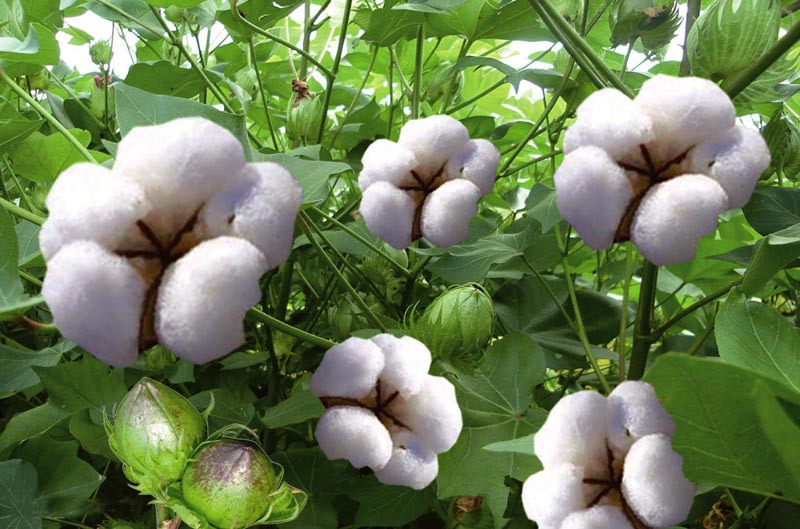

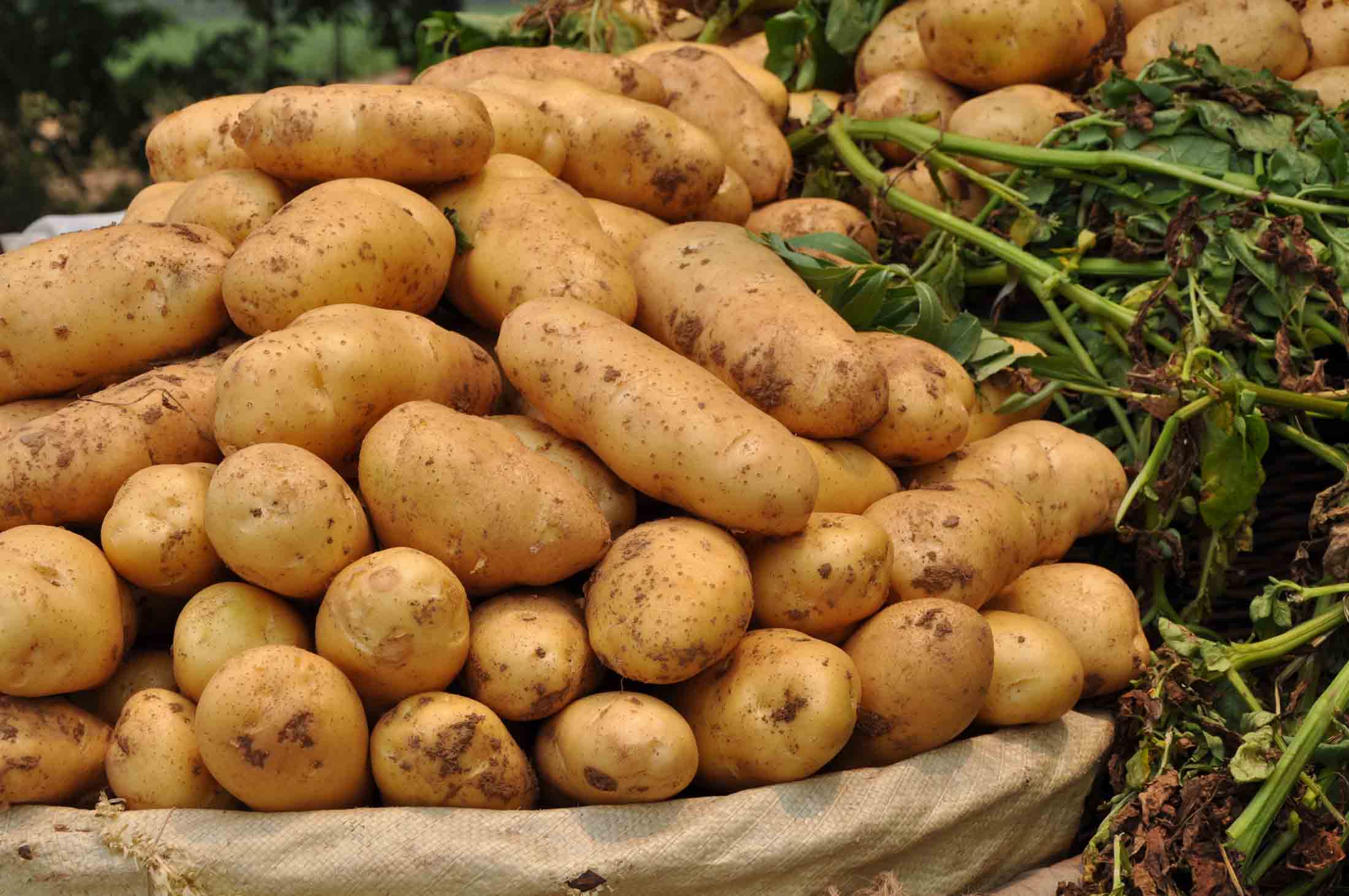
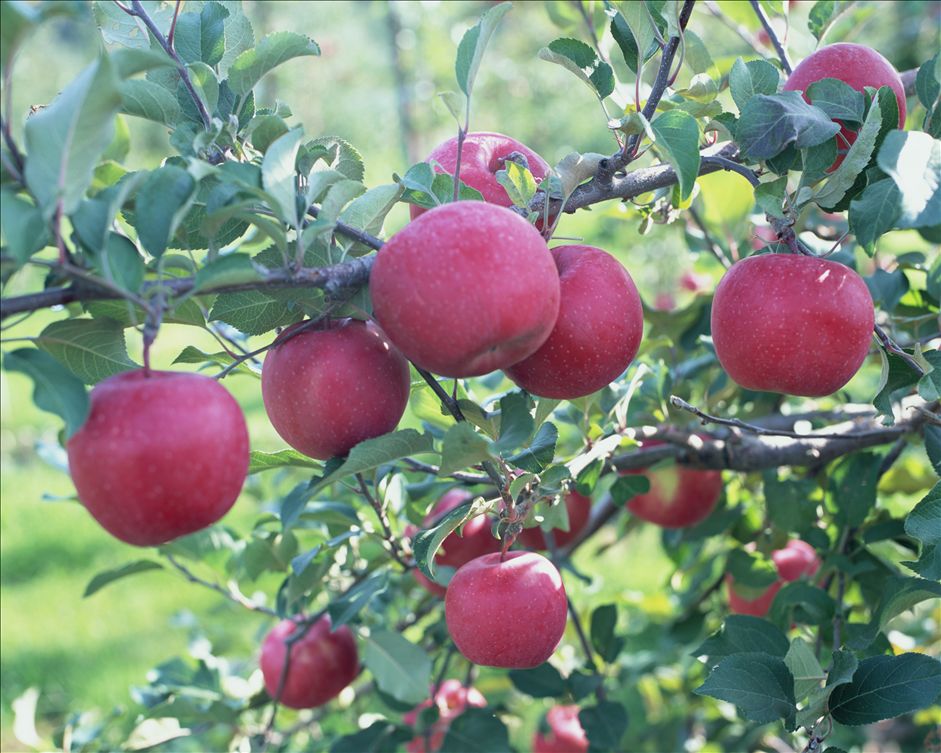
Act on these Pests:
Controls cabbage caterpillars, aphids, cotton bollworms, pink bollworms, cotton aphids, green bugs, yellow-striped flea beetles, peach heartworms, citrus leafminers, twenty-eight-spotted ladybugs, tea loopers, tea caterpillars, and tea fines. It also has good effects on various pests such as moths, mosquitoes, flies, fleas, cockroaches, lice and other hygienic pests.
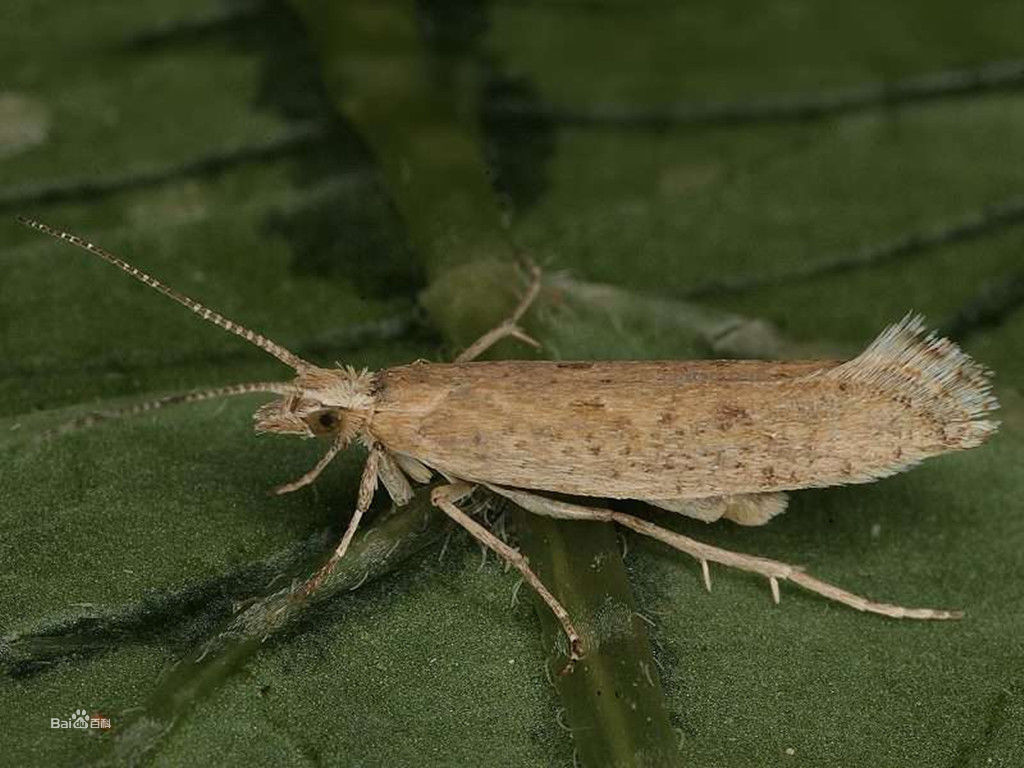
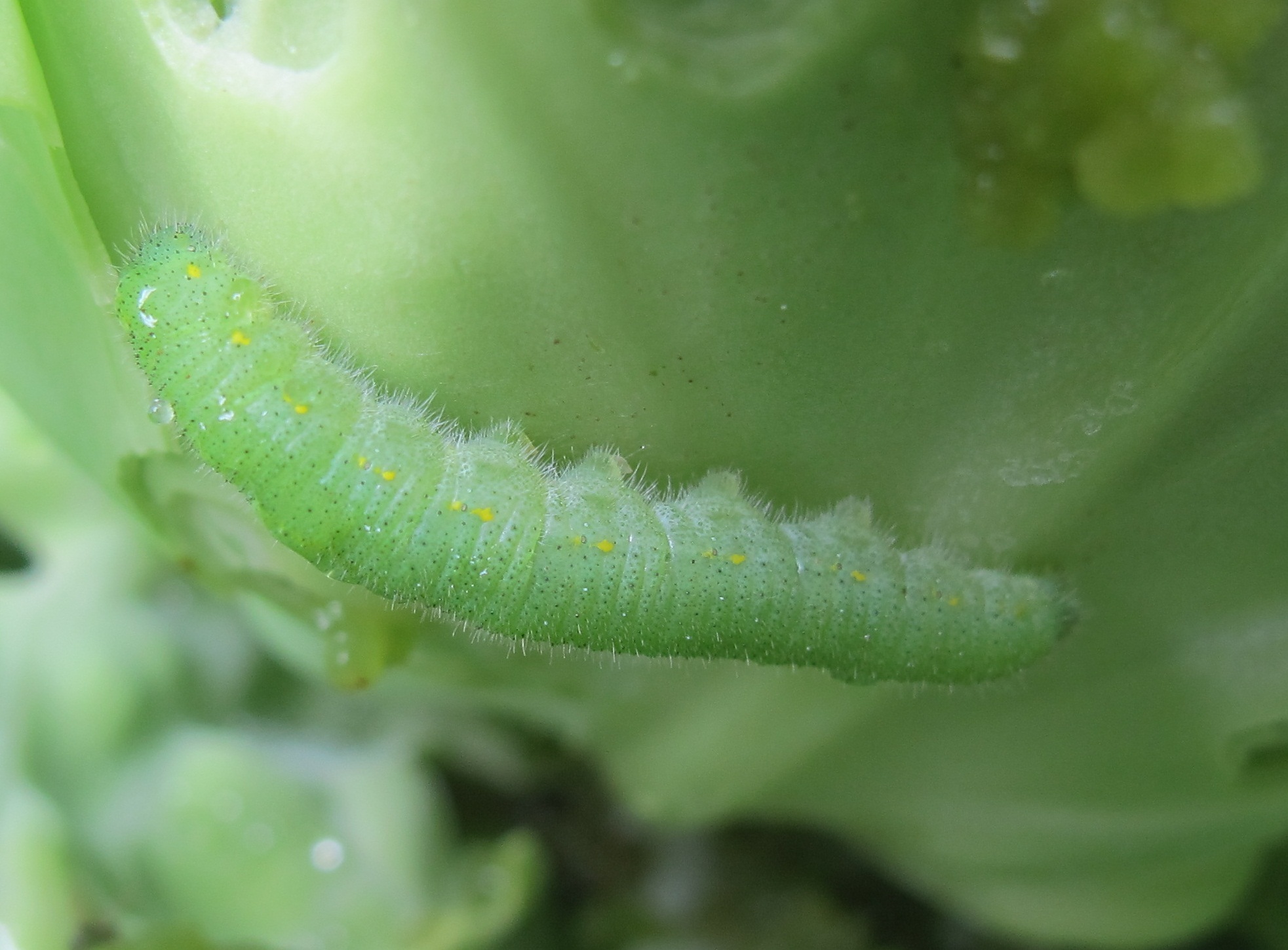
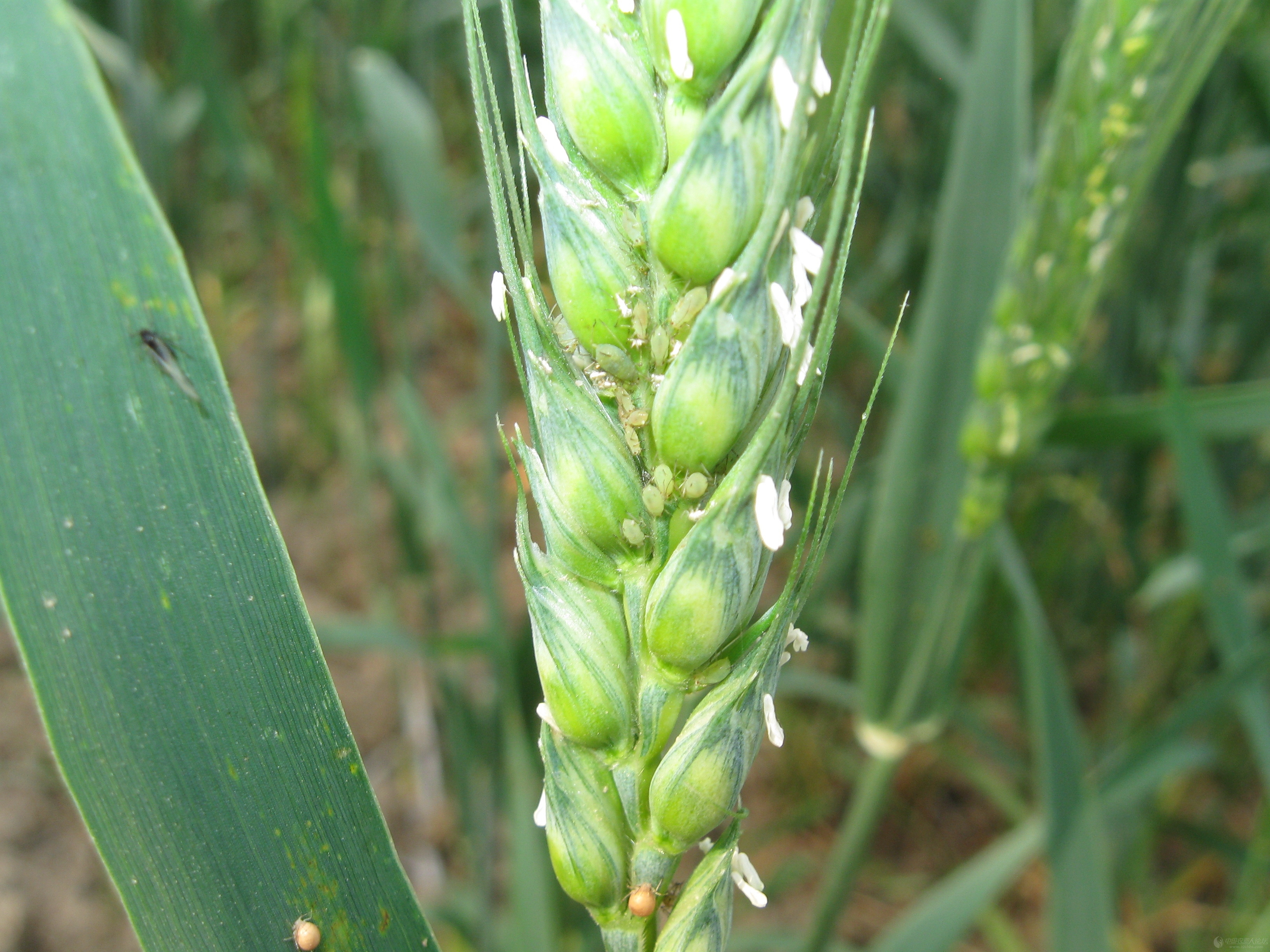
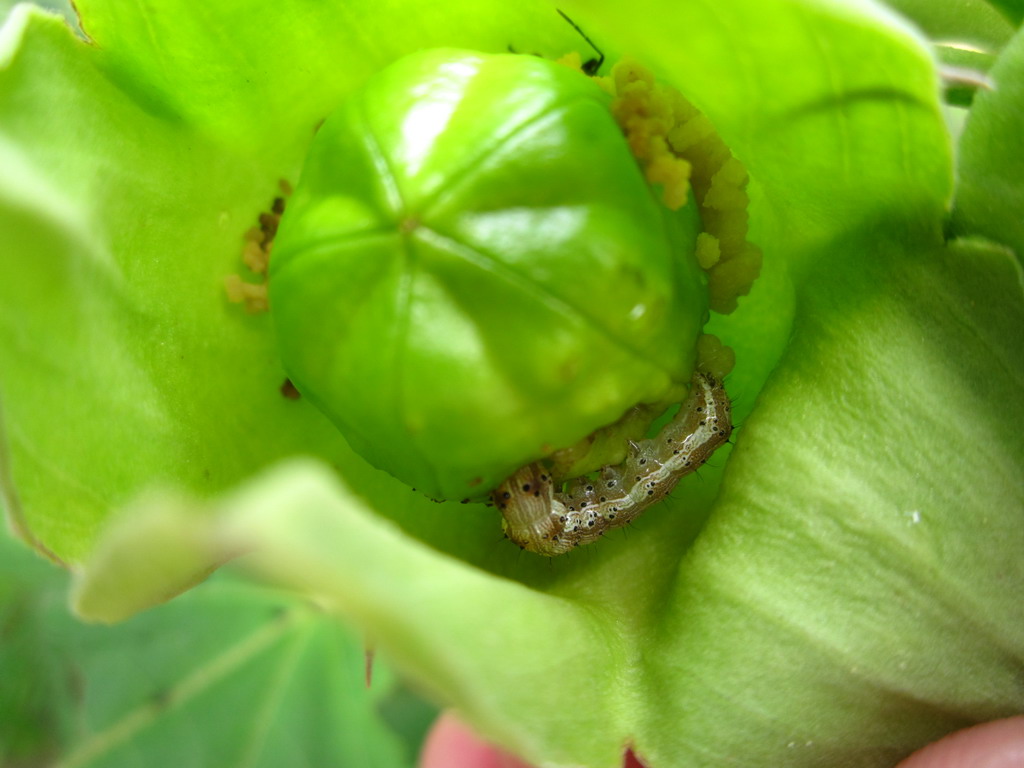
Notes
(1) Do not mix with alkaline substances, otherwise it will easily decompose. Avoid moisture and sunlight during storage and transportation. Some preparations are flammable and should not be near fire sources.
(2) It is highly toxic to fish, shrimps, bees, silkworms, etc. When using it, do not approach fish ponds, bee farms, and mulberry gardens to avoid contaminating the above places.
(3) Do not contaminate food and feed when using it, and read the instructions for safe use of pesticides.
(4) During use, if any liquid splashes on the skin, wash it immediately with soap and water.
Usage method
1. Control of cotton pests: When the eggs of cotton bollworm are hatching, spray with 10% EC 1000-1250 times. The same dosage can control pink bollworm, bridge-building bug and leaf curler. Cotton aphids can be effectively controlled by spraying 10% EC 2000-4000 times during the occurrence period. To control aphids, the dosage needs to be increased.
2. Prevention and control of vegetable pests: Control cabbage caterpillars and diamondback moths before they are 3 years old, spray with 1000-2000 times of 10% EC. It can also control vegetable aphids.
3. Control of fruit tree pests: Use 10% EC 1250-2500 times as a spray to control citrus leafminers in the early stages of shoot growth. It can also control citrus and other citrus pests, but is ineffective against citrus mites. Peach heartworms are controlled during the egg hatching period and when the egg and fruit rate reaches 1%, spray with 1000-2000 times of 10% EC. At the same dosage and at the same period, it can also control pear heartworms, leaf rollers, aphids and other fruit tree pests, but is ineffective against spider mites.
4. Prevention and control of tea tree pests: To control tea loopers, tea fine moths, tea caterpillars and tea thorn moths, spray with 2500-5000 times of liquid during the 2-3 instar larvae stage, and also control green leafhoppers and aphids.
5. Tobacco pest control: Spray peach aphid and tobacco caterpillar evenly with 10-20mg/kg liquid during the occurrence period.
6. Prevention and control of sanitary pests
(1) Spray 10% EC 0.01-0.03ml/cubic meter in the habitat of house flies, which can effectively kill flies.
(2) Spray mosquitoes with 10% EC 0.01-0.03ml/m3 in mosquito activity areas. For larval mosquitoes, 10% emulsifiable concentrate can be mixed into 1 mg/L and sprayed in puddles where larval mosquitoes breed to effectively kill larvae.
(3) Use residual spray on the surface of the cockroach activity area, and the dosage is 0.008g/m2.
(4) For termites, use residual spray on bamboo and wood surfaces that are susceptible
FAQ
Are you a factory?
We could supply insecticides, fungicides, herbicides, plant growth regulators etc. Not only we have our own manufacture factory ,but also have long-term cooperated factories.
Could you provide some free sample?
Most samples of less than 100g can be provided for free, but will add extra cost and shipping cost by courier.
Why Choose US
We supply varies of products with design,production,exporting and one stop service.
OEM production can be provided based on customers’ needs.
We cooperate with customers all over the world, ans provide pesticide registration support.

